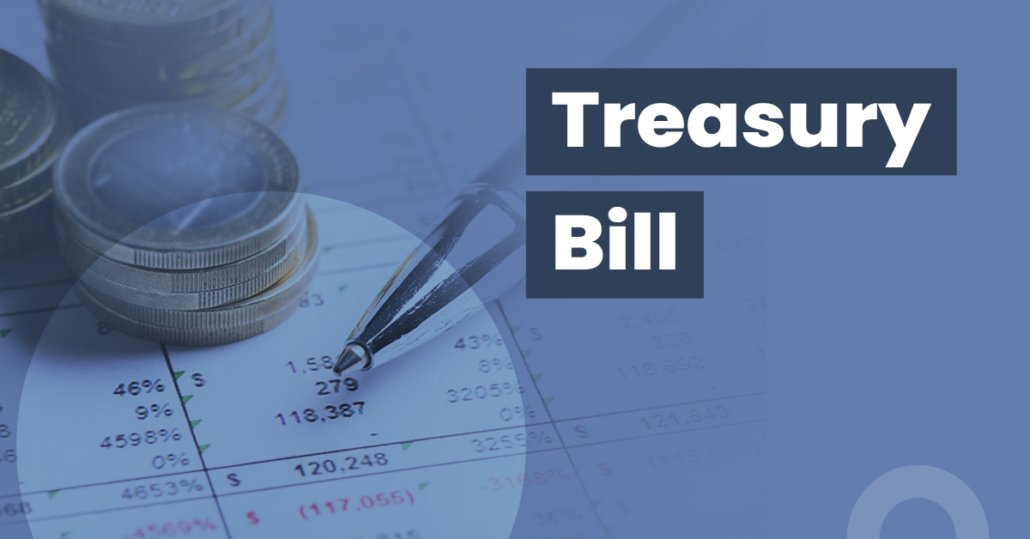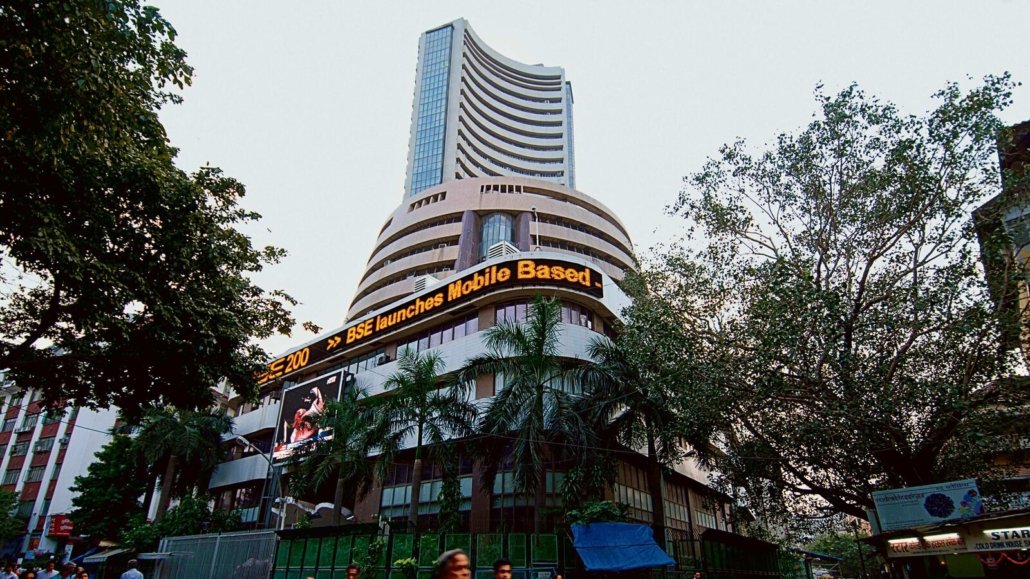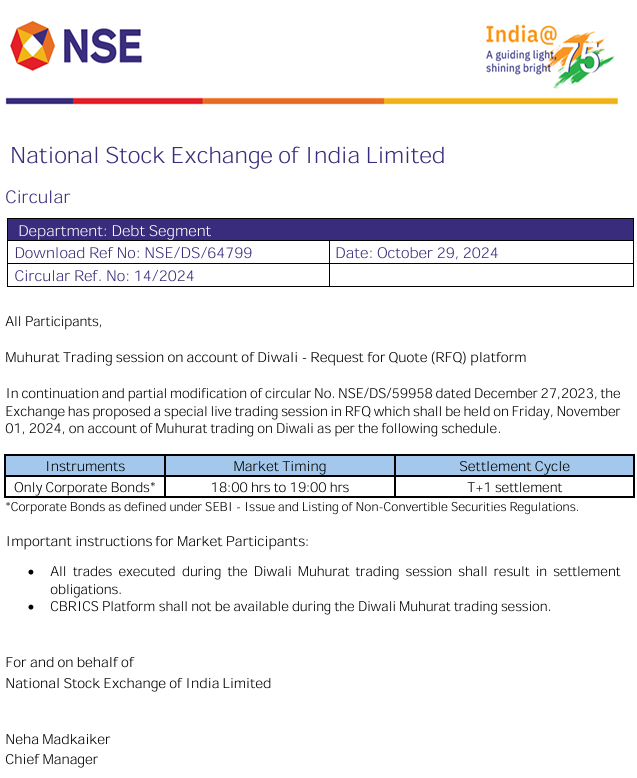PMS(Portfolio Management Services) complete part 1
Establishing a Portfolio Management Services (PMS) business in India involves meeting regulatory requirements set by the Securities and Exchange Board of India (SEBI), creating robust operational infrastructure, and offering professional investment services. Below is a step-by-step guide to establish a PMS:
- Understand SEBI Regulations
- PMS in India is regulated under the SEBI (Portfolio Managers) Regulations, 2020.
- Key regulatory requirements include:
- Minimum Net Worth: A PMS provider must have a minimum net worth of ₹5 crore.
- SEBI Registration: Mandatory to obtain a PMS license from SEBI.
- Minimum Investment per Client: Each client must invest at least ₹50 lakh.
- Formulate a Legal Entity
- Establish a legal entity such as:
- Private Limited Company.
- Public Limited Company.
- LLP (Limited Liability Partnership).
- Ensure compliance with the Companies Act, 2013 for corporate entities.
- Obtain a Permanent Account Number (PAN), Tax Deduction Account Number (TAN), and GST registration.

- Apply for SEBI Registration
Submit an application to SEBI to become a registered portfolio manager.
Steps to Register:
- Prepare Documents:
- Memorandum of Association (MOA) and Articles of Association (AOA) of the company reflecting PMS activities.
- Net worth certificate issued by a chartered accountant.
- Background of key personnel (portfolio managers, directors, compliance officers).
- Infrastructure details.
- Internal risk management and compliance policies.
- Submit the Application:
- File Form A along with a non-refundable fee of ₹1 lakh.
- Pay a registration fee of ₹10 lakh upon SEBI approval.
- Evaluation by SEBI:
- SEBI will assess the applicant’s financial soundness, professional expertise, and adherence to regulatory guidelines.
- Grant of Certificate:
- SEBI issues a Certificate of Registration, valid for three years and renewable thereafter.

- Build Operational Infrastructure
- Set up robust systems for portfolio management, compliance, and client servicing.
- Infrastructure Requirements:
- Office space and operational setup.
- Secure IT systems for tracking client investments.
- Platforms for reporting and compliance management.
- Banking and demat account integration.
- 5. Recruit Qualified Professionals
- Key Personnel:
- A qualified and experienced portfolio manager with at least 5 years of experience in portfolio management, investment advisory, or related fields.
- Compliance officers to ensure adherence to SEBI regulations.
- Support Staff:
- Analysts for research and market analysis.
- Relationship managers for client interaction.
- Key Personnel:






































